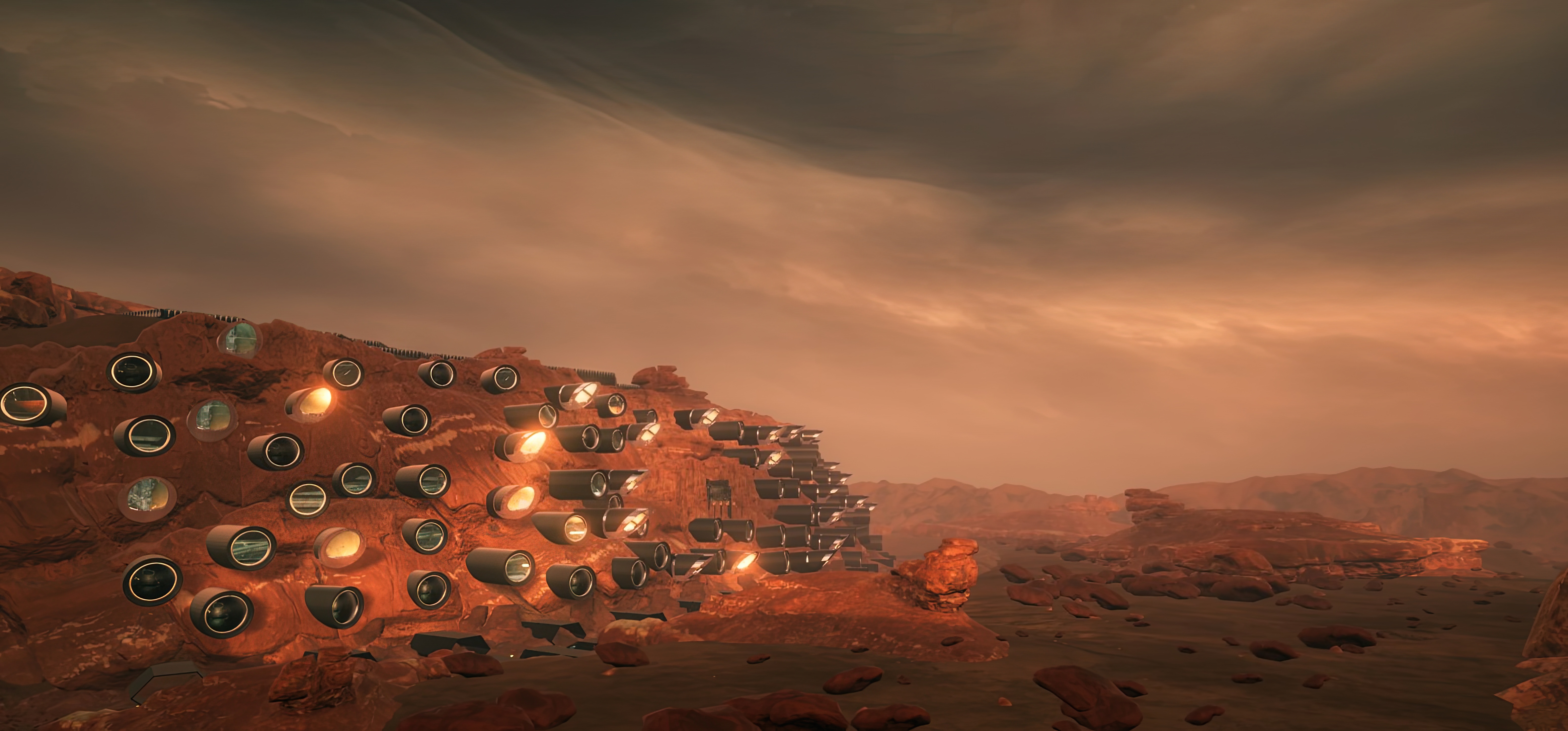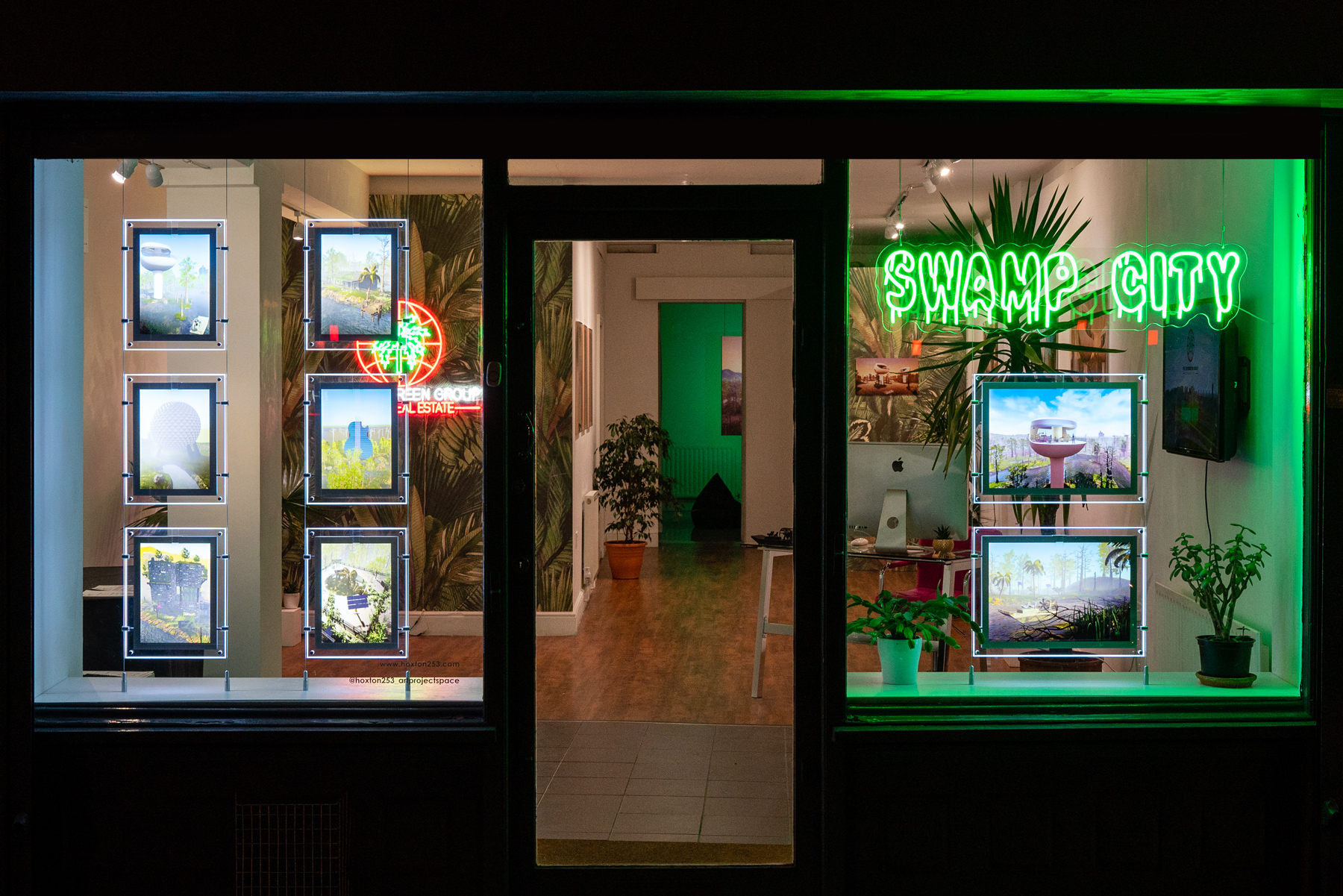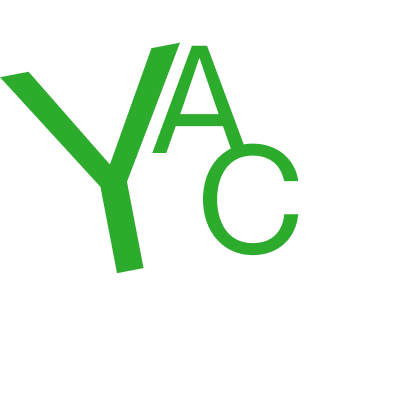Alice Bucknell
Interview by David McLeavy
-
Published in August 2022
-
You are known for building worlds using video game engines, and I want to start off by getting to know more about why you have chosen this particular approach, at least within your most recent works. How does creating expansive environments allow you to explore the things you are interested in?
Game engines are a really efficient worlding technology as they allow for an immediate immersion in a speculative narrative that's in itself is its own microcosm, but is also spongy, parasitic, and rife with references. In other words, game environments are a space that feels both familiar and otherworldly, which is the perfect container for constructing stories that have one foot in the present and the other in an uncertain future (or many possible futures). I'm interested in the crossover spaces of ecology, magic, machine intelligence, outer space, architecture and nonhuman worlds - spaces that have a rich history, but are also emergent in our understanding of them, and always shapeshifting. Constructing a total environment inside game engines allows these speculative crossovers to become both intimate and urgent - both totally alien and the logical next step - and to portal viewers right into the middle of these hybrid and unraveling worlds.
Swamp City, trailor
I want to expand on something you just mentioned around being 'both totally alien and the logical next step'. When you are creating these worlds, are you speculating based on your idea of what our world or future worlds 'might' be, or are you thinking about what these worlds 'should' or 'could' be?
To ask the same question in a more direct way, are you building the worlds that you want to see or are you building environments that you believe might be somewhat of an eventuality, despite the fact you may or may not want to see that world yourself. I guess I am thinking about the approach you are taking with your current work in development, The Martian Word for World is Mother, where you explore three different versions of Martian settlement.
Yes, and no. Recent projects like E-Z Kryptobuild and Swamp City, and especially my current Mars project, try to future-cast in multiples. Thinking about utopia/dystopia as a binary tends to preclude a more holistic (or realistic) vision of the future, so I try to muddy the waters between these distinctions as much as I can, thinking of them as a multi-layered spectrum. Some versions of the future presented in these projects, particularly E-Z Kryptobuild, lean more towards the dystopian end - exploring the language and aesthetics of a speculative scam real estate company vending "post-apocalyptic sustainable luxury accommodation" to the 1% at the proverbial end of the world. With Swamp City, its narrative revolves around the booming market of eco-tourism and half-baked ecological theories that stem from neoliberal fantasies of a 'hypernature', or engineering a souped-up version of the natural world to save us from an impending ecological wipeout. But in that chaotic space, which sees the Florida Everglades transformed into a high-tech eco-tourist retreat, there's space for nonhuman narratives to take shape: we end up hearing more of the story told from the perspective of an alligator refusing to leave the park, and an AI-resurrected Bald Cypress Tree, than the delusional architect and real estate company brokering that world.
The Martian Word for World is Mother leans even further into that speculative space of more-than-human knowledge systems and survival strategies, with one of the three possible futures for Mars presented in the film told through an alien intelligence, while also critically presenting tech-bro fantasies of terraforming and inhabiting Mars. For that particular project I've been consulting with space lawyers and astronomers studying planetary habitability, while reading feminist science-fiction, ecological gaming theory, and digging into linguistic anthropology, to intersect multiple bodies of knowledge. I'm interested in finding loopholes in these overlaps and running wild with them, holding the 'for better' and 'for worse' visions of the future on equal ground. I guess you could say that my more recent work is interested in generating/envisioning new, hopeful worlds that radically de-center human intelligence, versus a straight-shoot criticism of the worlds that we already know.

The Martian Word for World is Mother, film still, 2022
Working with space lawyers sounds fascinating.
Like many artists, it seems like collaboration is a key component to your approach, from working with space lawyers, like you mentioned, but I am also thinking about your project New Mystics, which feels like a whole new form of collaboration between human creative writing and a machine learning programme in GPT-3. Tell me a little bit more about how you approach collaboration and it would be interesting to introduce New Mystics to anyone who is unfamiliar?
I think about collaboration in a kind of diagonal way - to me, some of the most interesting or exciting modes of working together are transposing certain bodies of knowledge or methods of working across different disciplines, and seeing what emerges in that weird overlap. So like, what happens when space law or planetary habitability studies intersects with new ecological theories, machine learning, or Medieval mysticism?
New Mystics was born out of a desire to bring together artists working with emergent technologies like artificial intelligence or game engines into the realm of magic and ritual, while producing a bit of collaborative technological mysticism itself. The texts of the series are the result of a three-way collaboration among artist, writer, and AI. Each text begins with a conversation between the artist and myself, the transcript of which I fed into GPT-3, a language model powered by artificial intelligence that was developed by OpenAI. From there, I'd continue communicating with GPT-3, asking it questions or positing certain ideas the artists had told me. So GPT-3 was like an AI version of the artist, but also something else - its answers often slipped off the atlas of sensibility: whether it started speaking about one of the artist's projects but in a completely different understanding of what that project was, or started telling me about its childhood dreams, its ponderings of the universe, or a psychological breakthrough it experienced midway through an ayahuasca ritual with influencers in LA. In each text, quotes from GPT-3, excerpts from my conversation with the artist, and my own writings merge together in a porous and at times unintelligible, and at times poetic, way, a process that could be likened to automatic writing or glossolalia (speaking in tongues). For all of the texts, it's difficult to tell where the AI stops and where the humans start - that kind of psychedelic, polyphonic language strategy was really exciting to me, and felt like an important step away from traditional art writing, particularly in this realm of art practice. The idea was to collaboratively create a series of texts that expand on the kind of magical thinking and speculation practiced by the artists, using the language AI itself as a type of medium or oracle, to deepen but also make weird the worlds of their work.

The Martian Word for World is Mother, film still, 2022
To me, your work through New Mystics represents another dialogue, one around control. It appears there is a dichotomy happening in the work, between order and chaos. The way you are using GPT-3 feels like you are encouraging a form of open and exciting chaos, such as when the conversations lose any rational context, but you are using a tool which is aimed at mastering the challenge of processing and delivering language. Is the relationship between chaos and order something you think about?
For sure - I love coaxing language over the edge of shared understanding - what happens when it buckles and splinters, when it no longer serves as a tool of communication as knowledge transaction and fractures into multiple possible meanings. In that sense working with GPT-3 felt like a really important challenge and a way to undo its intended function as a text completion tool. The process with which I work with GPT-3 is extremely intuitive, definitely playing around with chaos and order. In fact, you could liken it to a kind of chaos magic, in which practitioners follow the linguistic and conceptual path laid out by the machine deeper and deeper without deviating from or curating its responses - they find meaning in its randomness. Other writers working with GPT-3 have compared it to a kind of slot machine - you pull a lever and re-game your strategy with each outcome - or extend an editorial hand to shape its responses into a coherent text.

The Martian Word for World is Mother, film still, 2022
I personally love where it trips up or starts hallucinating in its responses - occasionally it'll start interviewing itself, as if growing bored of its human conversation partner, or speaking in a conlang, or entering a dream state. Where it intersects with the artist's work and thoughts is also really interesting to me - both the transcript from my conversation with each artist that I feed into it, and whatever information it can scrape from the internet about their projects and process - as an extension of the artist's affect, as it soaks up certain phrases, inflections, or ways of speaking, but also spins off in its responses in completely unpredictable ways. In embracing the chaos and unknowability of this collaboration with GPT-3 - the so-called black box paradox of machine learning - that’s where the aliveness of the project emerges.

Swamp City, installation view, Hoxton 253, London, 2022
I want to ask you a little more about how your work manifests in public space, such as the gallery, as opposed to how the work might be viewed online. Since starting this online chat, you have presented a new body of work titled Swamp City at Hoxton 253, which was your debut solo exhibition in the UK. You made some very deliberate decisions about the staging of that exhibition, from the layout, to some of the aesthetic and decorative choices.
Could you tell me a little more about this exhibition, but also how you look to approach future installations and how presenting your work in settings like this may change the way a viewer encounters the work, when compared to viewing it online?
Great question. For Swamp City, I wanted to use the space of the gallery - which is a compact, street-facing unit - to extend the speculative narrative of Swamp City into an architectural environment. The work tells the story of a fictitious luxury real estate corporation transforming the Florida Everglades into a hi-tech, eco-tourist resort, as an ostensibly responsible act of environmental preservation, soaked through with greenwashing capitalist rhetoric and a dash of solarpunk utopianism. So it made sense to convert the gallery into a fake estate agency that's modeled on the corporation in the video. From the street, the gallery looks primed to sell you a slice of subtropical "back to nature" paradise - it's decked out with LED property listings on the windows, custom LED signs, brochures and promotional videos, plus the typical millennial-bait interiors of your stereotypical Hackney estate agents - think tropical houseplants, eclectic wallpaper, copper-accented everything. As you progress further into the space, this commercial veneer begins to break down: the property prints morph into images of the film's three protagonists; the sales pitch video is subbed out for a behind-the-scenes walkthrough showing how the environment of Swamp City was constructed in Unreal Engine, a game engine software I use for all my work. Finally, at the back of the gallery, the install turns into a slime green-soaked screening room to catch the full 30-minute long video work.

Swamp City, installation view, Hoxton 253, London, 2022
I have a background in architecture criticism, so it was great to channel the worldbuilding process into a physical dimension, and think critically about how space can morph over time and shape the viewer's experience, like peeling back layers of the story. It's also a fun way to further blur fact and fiction, present and speculative future - boundaries I like to hover between and distort within my practice. Using space to tell a story is a really exciting new challenge for me - along with invoking multisensory components of smell, texture, and light - and definitely something I'm thinking about as part of my latest film work, The Martian Word for World is Mother, which is a three-channel video piece that explores a trio of possible futures for Mars. The idea behind future presentations of the Mars project is for the exhibition environment to shift between the three worlds as the narrative unfolds, heightening the sense of immersion and drawing viewers closer to these speculative futures.
The Martian Word for World is Mother, excerpt
-
alicebucknell.com
︎@alicebucknell
-
If you like this why not read our interview with Zong Bo Jiang.
-
© YAC | Young Artists in Conversation ALL RIGHTS RESERVED
